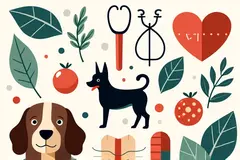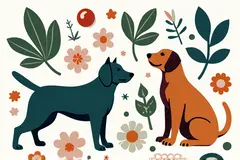 A condition in which tissue reacts to injury and undergoes changes during the healing process. As an example, a toe with a sliver of wood in it would be inflamed and show the signs of inflammation which include redness, increased temperature, pain, swelling and a loss of or disordered function. The... ↪ Read more
A condition in which tissue reacts to injury and undergoes changes during the healing process. As an example, a toe with a sliver of wood in it would be inflamed and show the signs of inflammation which include redness, increased temperature, pain, swelling and a loss of or disordered function. The... ↪ Read more Veterinary Drug Handbook (VDH) is the reference veterinarians turn to when they want an independent source of information on the drugs that are used in veterinary medicine today.
-
 Is veterinary Liniment Gel safe for humans?
Is veterinary Liniment Gel safe for humans? -
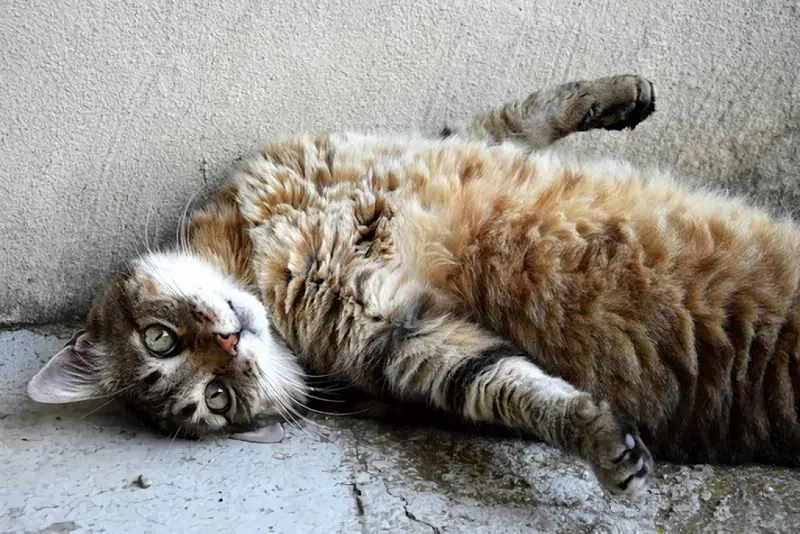 Giving Your Cat A Pill
Giving Your Cat A Pill -
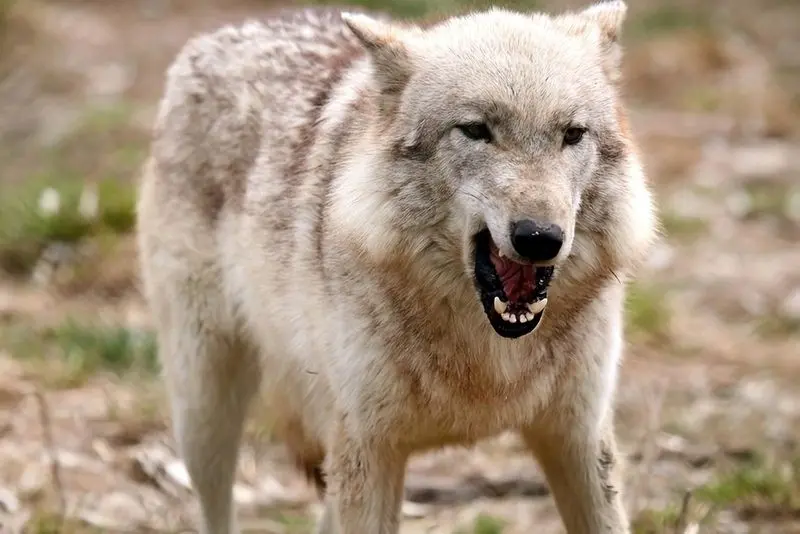 Dog Aggression
Dog Aggression -
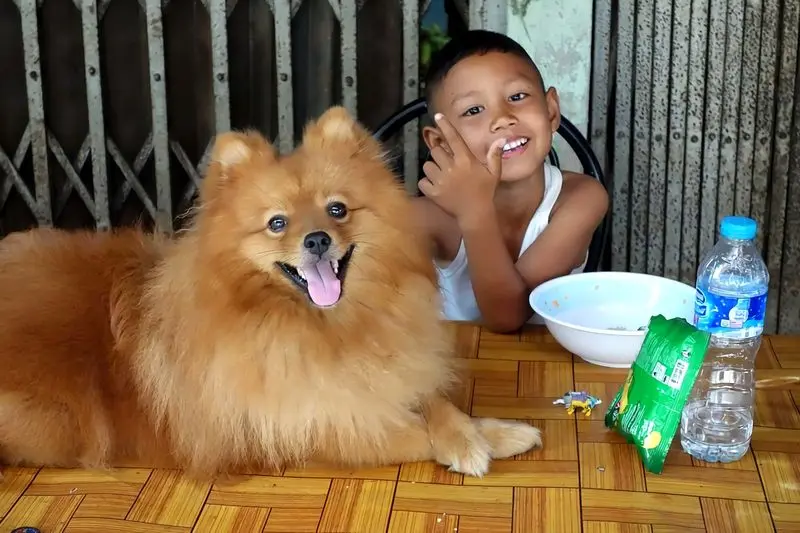 Dogs May Help Boost Infant Health
Dogs May Help Boost Infant Health -
 Animal-Assisted Therapy, Veterinary Social Work, & Social Work With People & Pets in Crisis
Animal-Assisted Therapy, Veterinary Social Work, & Social Work With People & Pets in Crisis -
 On-demand veterinary service gives advice on poorly pets
On-demand veterinary service gives advice on poorly pets -
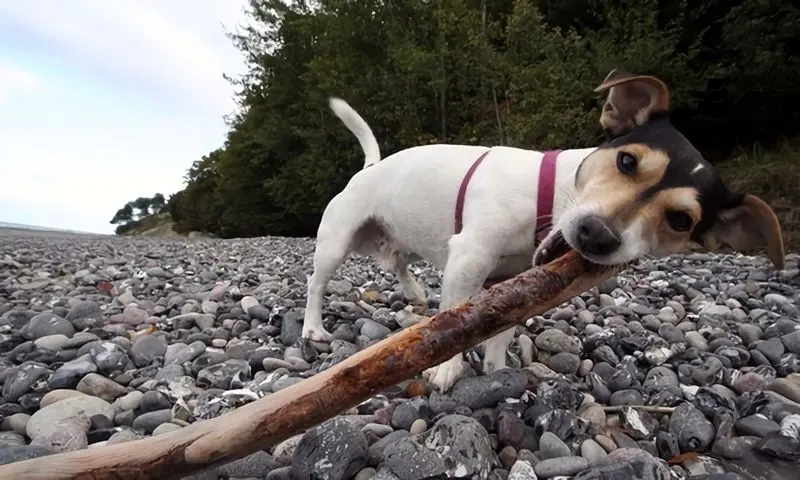 Should we stop throwing sticks for dogs?
Should we stop throwing sticks for dogs? -
 Can breathing in cat hair be harmful?
Can breathing in cat hair be harmful? -
 What does PU/PD mean in veterinary medicine?
What does PU/PD mean in veterinary medicine? -
 Bill calls for ban on sales of dogs, cats in Maine pet stores
Bill calls for ban on sales of dogs, cats in Maine pet stores -
 Common Meanings Of Cat Behavior
Common Meanings Of Cat Behavior -
 What does DVM stand for in veterinary?
What does DVM stand for in veterinary? -
 Curing Bad Cat Breath
Curing Bad Cat Breath -
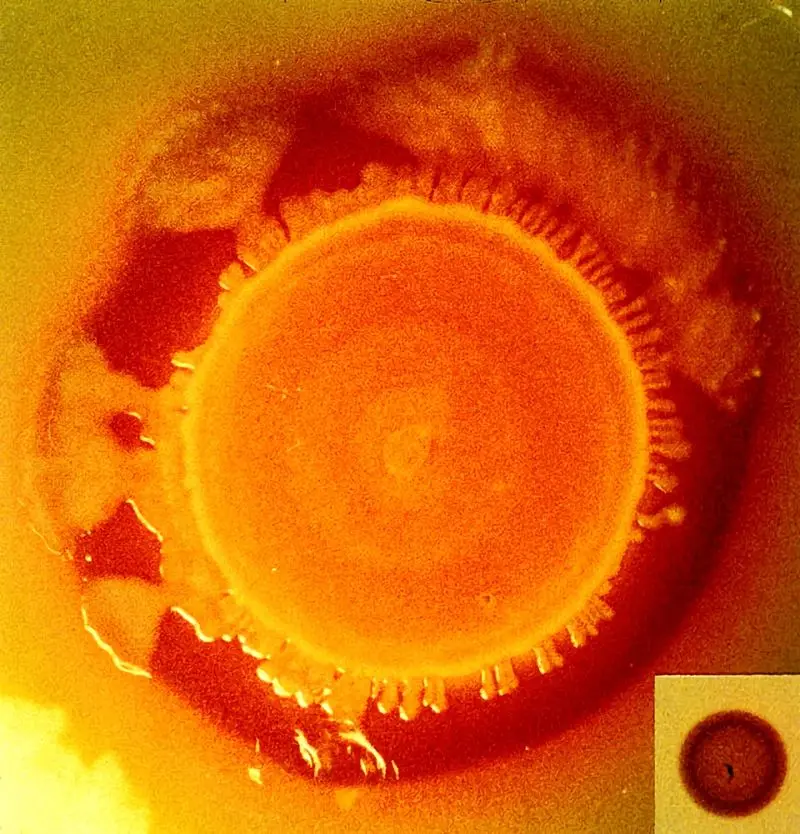 New Tracking Tool for Pathogen Investigators
New Tracking Tool for Pathogen Investigators -
Can binturongs be kept as pets?
-
 How long do instruments stay sterile after autoclaving veterinary?
How long do instruments stay sterile after autoclaving veterinary?
Inflammation
 A condition in which tissue reacts to injury and undergoes changes during the healing process. As an example, a toe with a sliver of wood in it would be inflamed and show the signs of inflammation which include redness, increased temperature, pain, swelling and a loss of or disordered function. The... ↪ Read more
A condition in which tissue reacts to injury and undergoes changes during the healing process. As an example, a toe with a sliver of wood in it would be inflamed and show the signs of inflammation which include redness, increased temperature, pain, swelling and a loss of or disordered function. The... ↪ Read more Infestation
Immunosuppressive
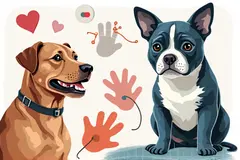 Something, for instance a drug, hormone or virus, that reduces the function of the immune system of an animal.... ↪ Read more
Something, for instance a drug, hormone or virus, that reduces the function of the immune system of an animal.... ↪ Read more Immunostimulant
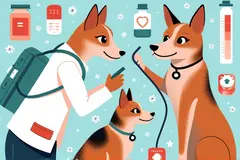 A compound which stimulates the immune system to work more effectively to kill bacteria, viruses or cancer cells.... ↪ Read more
A compound which stimulates the immune system to work more effectively to kill bacteria, viruses or cancer cells.... ↪ Read more Immunodeficiency
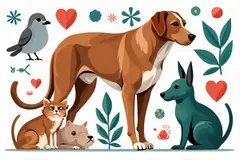 Reduced function of the immune system of an animal, making it more susceptible to infectious disease. Can be an inherited defect or caused by drugs, radiation or viruses.... ↪ Read more
Reduced function of the immune system of an animal, making it more susceptible to infectious disease. Can be an inherited defect or caused by drugs, radiation or viruses.... ↪ Read more Immunization
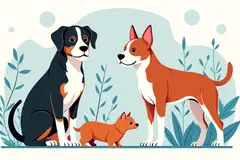 The process of rendering an animal protected (immune) against a certain disease. Vaccination is a way to produce immunization. However, just because an animal has been vaccinated (received a vaccine) does not necessarily mean the animal is immune. If the body did not correctly react to the vaccine... ↪ Read more
The process of rendering an animal protected (immune) against a certain disease. Vaccination is a way to produce immunization. However, just because an animal has been vaccinated (received a vaccine) does not necessarily mean the animal is immune. If the body did not correctly react to the vaccine... ↪ Read more Immunity
 A condition in which the animal's immune system has been primed and is able to protect the body from a disease-causing agent such as a certain virus or bacteria. An animal could have immunity to one agent, such as parvovirus, but not have immunity to another agent, such as rabies.... ↪ Read more
A condition in which the animal's immune system has been primed and is able to protect the body from a disease-causing agent such as a certain virus or bacteria. An animal could have immunity to one agent, such as parvovirus, but not have immunity to another agent, such as rabies.... ↪ Read more Immune system
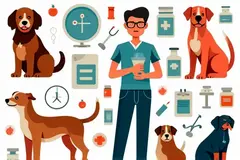 The body's defense system which recognizes infectious agents and other 'foreign' compounds (such as pollen), and works to destroy them.... ↪ Read more
The body's defense system which recognizes infectious agents and other 'foreign' compounds (such as pollen), and works to destroy them.... ↪ Read more Immune-mediated reaction or disease
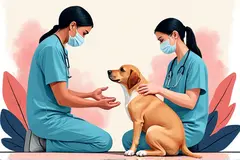 A condition or disease caused by abnormal activity of the immune system in which the body's immune system either over-reacts (e.g., immune-mediated contact dermatitis) or starts attacking the body itself ( e.g., autoimmune hemolytic anemia). See also autoimmune.... ↪ Read more
A condition or disease caused by abnormal activity of the immune system in which the body's immune system either over-reacts (e.g., immune-mediated contact dermatitis) or starts attacking the body itself ( e.g., autoimmune hemolytic anemia). See also autoimmune.... ↪ Read more Icterus
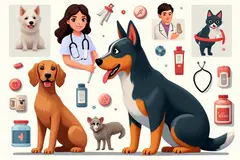 Commonly referred to as jaundice. A yellowing of the tissues, usually as a result of abnormal liver function. A synonym for jaundice, a yellow discoloration.... ↪ Read more
Commonly referred to as jaundice. A yellowing of the tissues, usually as a result of abnormal liver function. A synonym for jaundice, a yellow discoloration.... ↪ Read more Hypothyroidism
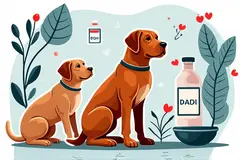 A condition, more common in dogs, in which the thyroid gland does not produce enough thyroid hormone.... ↪ Read more
A condition, more common in dogs, in which the thyroid gland does not produce enough thyroid hormone.... ↪ Read more Hypoplasia
 Inadequate or defective development of tissue. Smaller or softer than normal due to loss of normal tissue. Smaller than normal.... ↪ Read more
Inadequate or defective development of tissue. Smaller or softer than normal due to loss of normal tissue. Smaller than normal.... ↪ Read more Popular Diagnoses
Packed cell volume (PCV, hematocrit) Reflex ovulator Mucolytic Microfilaricide Bronchodilator Hematocrit Glucocorticoid Monoamine oxidase inhibitor (MAOI) ↪ All veterinary diagnoseOther Diagnoses
Mucolytic Mucopolysaccharide Mucosa Mucous membranes Multivalent vaccine Myasthenia gravis Mycosis MydriasisPopular Veterinary Clinics
VCA Welborn Animal Hospital, 7860 Washington Avenue Kansas City, KS 66112 USA MedVet Columbus, 300 East Wilson Bridge Road, Worthington, OH Rutland Veterinary Clinic & Surgical Center, 90 East Pittsford Road, Rutland, VT VCA Paradise Valley Emergency Animal Hospital, 6969 East Shea Boulevard Suite 150 Scottsdale, AZ 85254 USA Connecticut Veterinary Center & Pet ER, 470 Oakwood Ave West Hartford, CT 06110 USA Norway Veterinary Hospital, 10 Main St P.O. Box 273 Norway, ME 04268 USA Craig Road Animal Hospital, 5051 West Craig Road, Las Vegas, NV Abri Veterinary Hospital Inc, 1449 Trademart Boulevard Winston-Salem, NC 27127 USA ↪ All veterinary clinicsOther Veterinary Clinics
Los Lunas Animal Clinic, 575 Hwy 314 NW Los Lunas, NM 87031 USA Vista Larga Animal Hospital, 4 Linnie Court, Edgewood, NM VCA County Animal Clinic, 1574 Central Park Avenue Yonkers, NY 10710 USA VCA Closter Animal Hospital, 137 Piermont Road Closter, NJ 07624 USA Stamen Animal Hospital, 61 Quaker Ridge Road New Rochelle, NY 10804 USA, Wykagyl Village Animal Clinic, 875 Saw Mill River Road Ardsley, NY 10502 USA ENGLEWOOD ANIMAL HOSPITAL, 43 N DEAN ST ENGLEWOOD, NJ 07631 USA Bergen Veterinary Hospital, 1680 Teaneck Road Teaneck, NJ 07666 USAPopular Drugs
DOXYLAMINE SUCCINATE Doses - PENICILLIN V POTASSIUM Doses - METHYLPREDNISOLONE, METHYLPREDNISOLONE ACETATE, METHYLPREDNISOLONE SODIUM SUCCINATE ACEPROMAZINE MALEATE Doses - PREDNISOLONE, PREDNISOLONE SODIUM SUCCINATE, PREDNISOLONE ACETATE, PREDNISONE Doses - FURAZOLIDONE Doses - FERROUS SULFATE Doses - LEVAMISOLE ↪ All veterinary drugOther Drugs
Doses - CAPTOPRIL CARBENICILLIN INDANYL SODIUM Doses - CARBENICILLIN INDANYL SODIUM CARBOPLATIN Doses - CARBOPLATIN CARNITINE, LEVOCARNITINE, L-CARNITINE Doses - CARNITINE, LEVOCARNITINE, L-CARNITINE CARPROFENPopular Terms
Subalbinotic Steatis Uteroverdin Paradoxical CSF acidosis Figure of 8 suture pattern Nerve root signature Ovariohysterectomy Abrev OVH Signalment ↪ All veterinary termOther Terms
Objective information Obligate pathogen OFV Oliguria Omentum Oncology Oncotic Onychomycosisveterinary-help.com
© 2011-2025 Veterinary Clinics, Diagnoses, Terms and Drug Handbook Online


